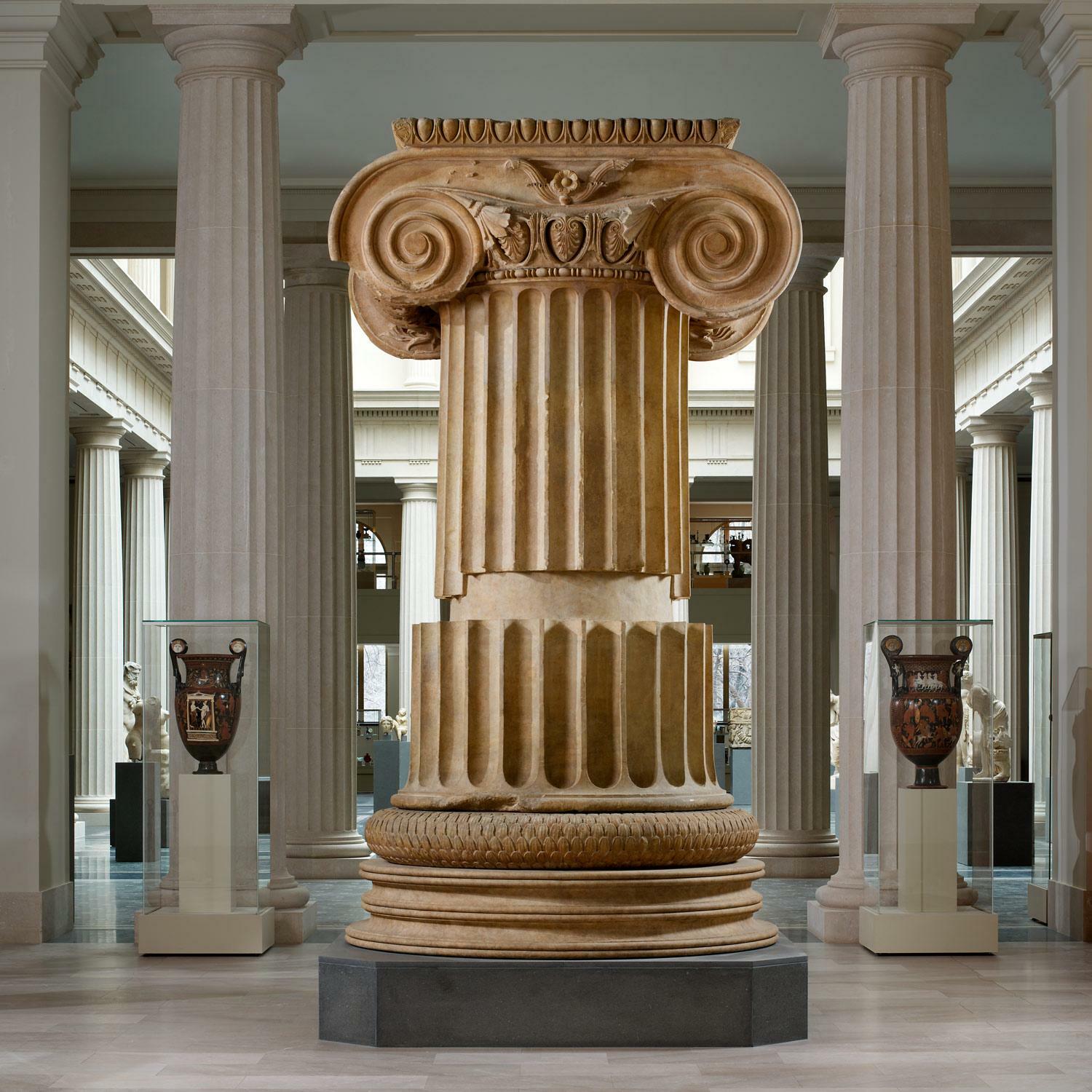Introduction
Among numerous forms of arts and crafts that existed in Ancient Greece, it is possible to mention architecture as one of the most recognizable and influential aspects of this culture due to the combination of beauty and utility. The purpose of this assignment is to choose one example of the Ancient Greek architecture in order to develop a reflection essay on digital field trip. This paper aims to explore the origins and context of the chosen example along with the discussion of its significance for the contemporary architecture and culture at large.
The Description of the Chosen Example
The Metropolitan Museum of Art website offers an immensely diverse collection of various artworks from different historical periods. Thus, I decided to elxplore the example of Marble column from the Temple of Artemis at Sardis, which is shown in Figure 1 (The Metropolitan Museum of Art, 2018).

This marble column is from Hellenistic period (ca. 300 B.C.), its height is 1421/8 in. (361 cm), and it is the perfect representation of traditional Ancient Greek architecture and sculpture (The Metropolitan Museum of Art, 2018). Among various types of columns that existed in Ancient Greece, the chosen one is the Ionic one. The column appears to be significantly massive due to its height and width.
Explanation of the Origins and Context of the Example
It is of high importance to overview the historical context of the example as well as its origins. According to the Metropolitan Museum of Art (2018) website, the column’s provenance is Sardis. It is also mentioned that the example was gifted to The American Society for the Excavation of Sardis in 1926 (The Metropolitan Museum of Art, 2018). The column was originally located in the Temple of Artemis, and it is possible that it was meant to be the central point of the interior design due to its elaborated scale-like patterns and unique foliated base (The Metropolitan Museum of Art, 2018).
The Influence of Ancient Greece Architecture on Contemporary Works
Further, it is of high importance to state that, aside from its evident historical and cultural significance, the Ancient Greek architectural principles continue to shape the development of contemporary architecture and design. As it is mentioned by Leshem (2016), one of the most prominent concepts in Ancient Greece was Oikonomia, which is defined as “the rational management of resources” in various spheres of life, including architecture (p. 228).
In his very profound and detailed research on the topic, Anderson (2015) concludes that it is possible to trace the influence of the Ancient Greek architecture in the various representations of Western Canon of architecture. One of the most recognizable and evident examples of Ancient Greek influence on the modern cultural patterns is the Capitol building in Washington, D. C.

Conclusion
It could be hardly doubted that the culture of Ancient Greece has influenced nearly every aspect of the contemporary Western culture by continuous and profound impact throughout the history of development of the modern society. In particular, the influence of Ancient Greece architecture is highly recognized by numerous researchers and scholars. In conclusion, it is possible to state that this reflection essay serves as a profound observation of the impact of the Ancient Greek architecture, based on the analysis of one example from the Metropolitan Museum of Arts website.
References
Anderson, R. C. (2015). Authenticity and architecture: Representation and reconstruction in context. Yearbook for Ritual and Liturgical Studies/Jaarboek voor liturgie-onderzoek, 31, pp. 181-189.
Cogswell, R. (2018). The U. S. Capitol Building. Web.
Leshem, D. (2016). Retrospectives: What did the Ancient Greeks mean by Oikonomia? Journal of Economic Perspectives, 30(1), 225-238.
The Metropolitan Museum of Art. (2018). Marble column from the Temple of Artemis at Sardis. Web.